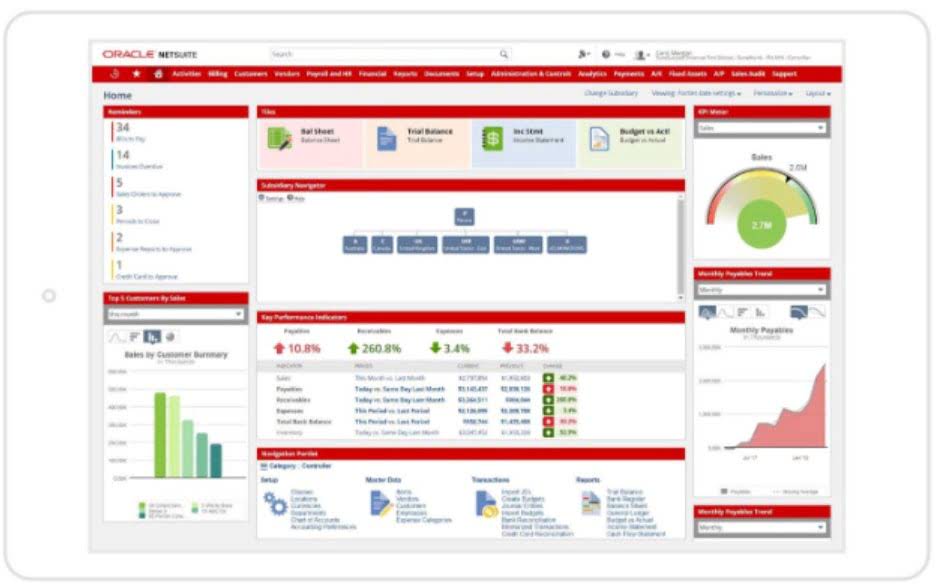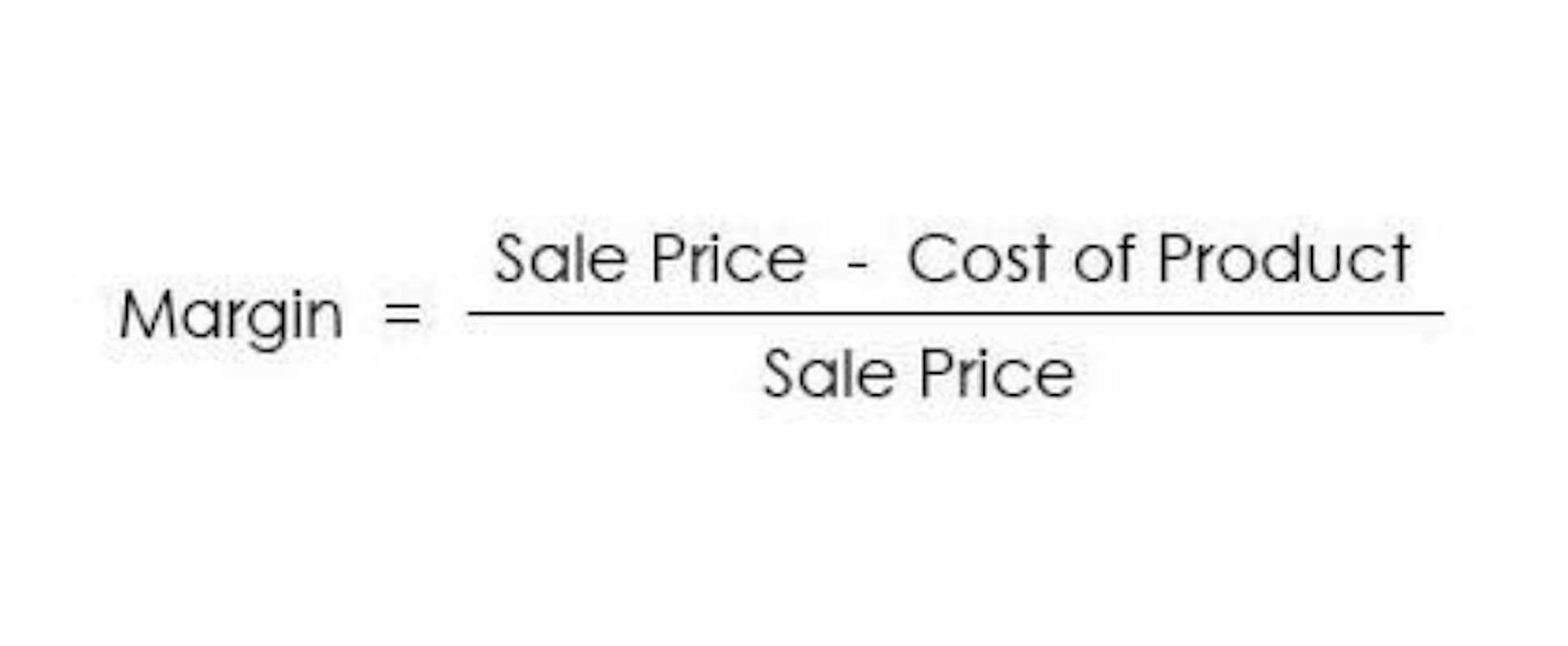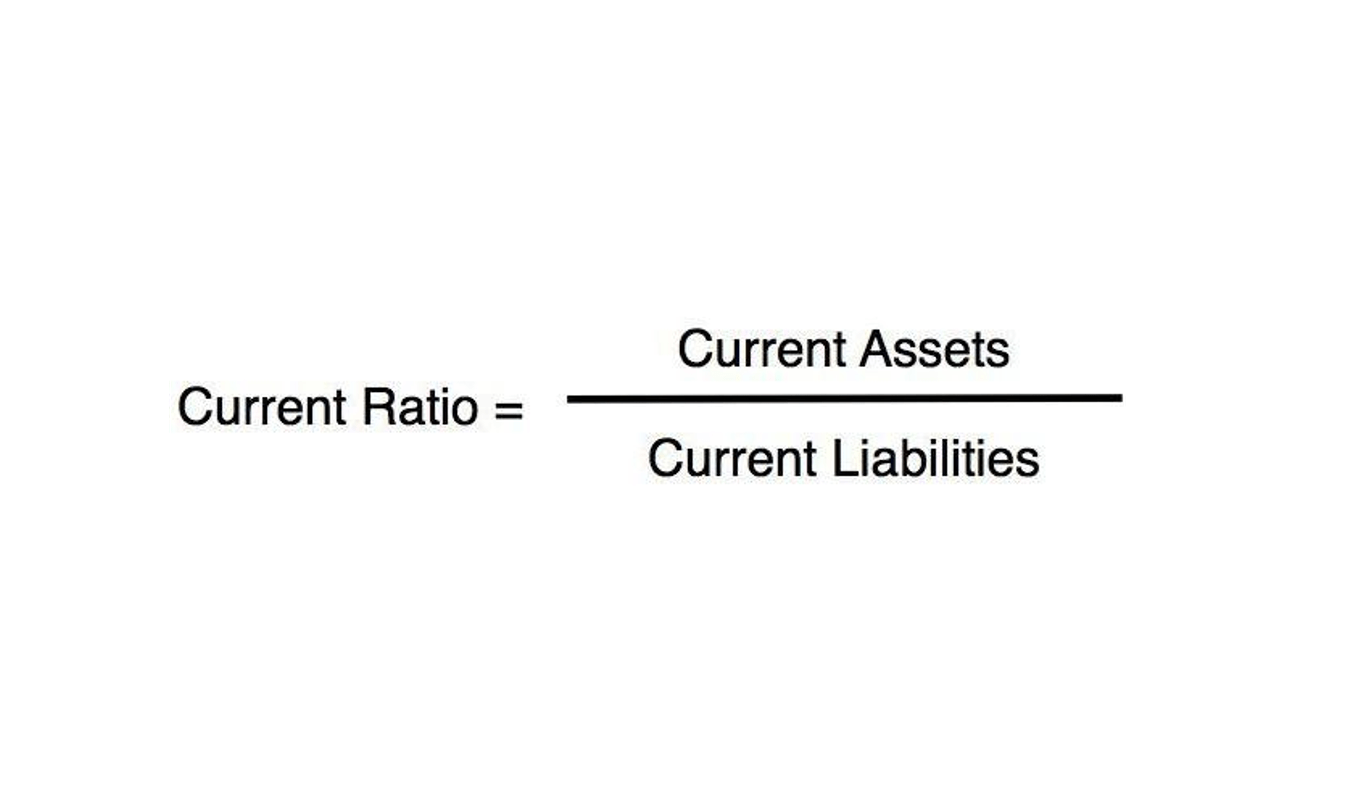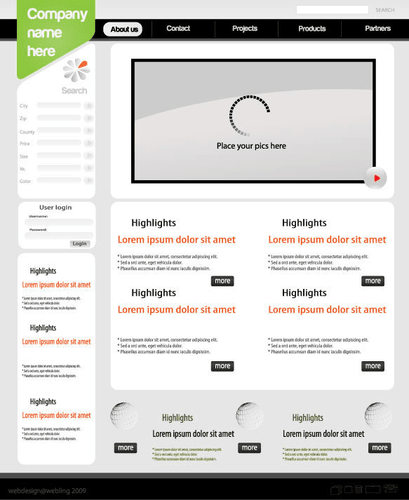Accordingly, the net sales of Dobson Books Company during the previous year was $200,000. For instance, in Year 0, we use the following formula to arrive at $60.00 per unit. As of Year 0, the first year of our projections, our hypothetical company has the following financials.
- As a business owner, you know how much goes into making your products.
- You can find the contribution margin per unit using the equation shown below.
- Typical variable costs include direct material costs, production labor costs, shipping supplies, and sales commissions.
- This is because the breakeven point indicates whether your company can cover its fixed cost without any additional funding from outside financiers.
- They also use this to forecast the profits of the budgeted production numbers after the prices have been set.
Total Variable Cost
The product revenue and number of products sold can be divided to determine the selling price per unit, which is $50.00 per product. In 2022, the product generated $1 billion in revenue, with 20 million units sold, alongside $400 million in variable costs. The addition of $1 per item of variable cost lowered the contribution margin ratio by a whopping 10%. You can see how much costs can affect profits for a company, and why it is important to keep costs low.
Constraints of contribution margin analysis
Calculating contribution margin (the difference between sales revenue and variable costs) is an effective financial analysis tool for making strategic business decisions. Contribution Margin is an important element of understanding the profitability of the products in your business. Contribution margin ratio is a useful metric that can take all of these costs into consideration on both xero wrapslight green pearl a company-wide level and for the evaluation of one particular unit. Contribution margin represents the total amount of assets available to pay for fixed expenses while still generating a profit. Finding the contribution margin ratio yields the proportion of profit generated on a sale. The contribution margin ratio is used by finance professionals to analyze a company’s profitability.
Total Contribution Margin
Accordingly, you need to fill in the actual units of goods sold for a particular period in the past. However, you need to fill in the forecasted units of goods to be sold in a specific future period. In the Dobson Books Company example, the contribution margin for selling $200,000 worth of books was $120,000.
What does a high or low Contribution Margin Ratio mean for a business?
Do these labor-saving processes change the cost structure for the company? However, the growing trend in many segments of the economy is to convert labor-intensive enterprises (primarily variable costs) to operations heavily dependent on equipment or technology (primarily fixed costs). For example, in retail, many functions that were previously performed by people are now performed by machines or software, such as the self-checkout counters in stores such https://www.bookkeeping-reviews.com/ as Walmart, Costco, and Lowe’s. Since machine and software costs are often depreciated or amortized, these costs tend to be the same or fixed, no matter the level of activity within a given relevant range. You need to calculate the contribution margin to understand whether your business can cover its fixed cost. Also, it is important to calculate the contribution margin to know the price at which you need to sell your goods and services to earn profits.
Important NoticeThe information contained in this article is general in nature and you should consider whether the information is appropriate to your needs. Legal and other matters referred to in this article are of a general nature only and are based on Deputy’s interpretation of laws existing at the time and should not be relied on in place of professional advice. Reducing cost can be the most difficult option as it will most likely mean labor reduction or negotiating to spend less with your suppliers. A financial professional will offer guidance based on the information provided and offer a no-obligation call to better understand your situation. Our mission is to empower readers with the most factual and reliable financial information possible to help them make informed decisions for their individual needs.
The contribution margin ratio of a business is the total revenue of the business minus the variable costs, divided by the revenue. In order to perform this analysis, calculate the contribution margin per unit, then divide the fixed costs by this number and you will know how many units you have to sell to break even. Cost accountants, FP&A analysts, and the company’s management team should use the contribution margin formula. CM is used to measure product profitability, set selling prices, decide whether to introduce a new product, discontinue selling a product, or accept potential customer orders with non-standard pricing.
It is important to assess the contribution margin for break-even or target income analysis. The target number of units that need to be sold in order for the business to break even is determined by dividing the fixed costs by the contribution margin per unit. Calculating contribution margin ratio can provide insight and clarity into how the operations of your business are affecting your total revenue. Along with other key accounting terms, contribution margin ratio can provide a clear picture of your company’s financial health.
For the month of April, sales from the Blue Jay Model contributed \(\$36,000\) toward fixed costs. Therefore, the unit contribution margin (selling price per unit minus variable costs per unit) is $3.05. The company’s contribution margin of $3.05 will cover fixed costs of $2.33, contributing $0.72 to profits. The contribution margin ratio is a formula that calculates the percentage of contribution margin (fixed expenses, or sales minus variable expenses) relative to net sales, put into percentage terms. The answer to this equation shows the total percentage of sales income remaining to cover fixed expenses and profit after covering all variable costs of producing a product.
A high Contribution Margin Ratio indicates that each sale produces more profit than it did before and that the business will have an easier time making up fixed costs. A low Contribution Margin Ratio, on the other hand, suggests that there may be difficulty in covering fixed costs and making profits due to lower margins on individual sales. Dobson Books Company sells textbook sets to primary and high schools. In the past year, he sold $200,000 worth of textbook sets that had a total variable cost of $80,000. Thus, Dobson Books Company suffered a loss of $30,000 during the previous year. Furthermore, a higher contribution margin ratio means higher profits.
This will enable important operational decisions about how to improve the profitability of product lines, invest more into your high performing contribution margin items and those to discontinue. Striking a balance is essential for keeping investors and customers happy for the long-term success of a business. Other financial metrics related to the Contribution Margin Ratio include the gross margin ratio, operating margin ratio, and net profit margin ratio. These ratios provide insight into the overall profitability of a business from different perspectives. With a high contribution margin ratio, a firm makes greater profits when sales increase and more losses when sales decrease compared to a firm with a low ratio. A university van will hold eight passengers, at a cost of \(\$200\) per van.
The contribution margin ratio is just one of many important financial metrics used for making better informed business decisions. The ratio can help businesses choose a pricing strategy that makes sure sales cover variable costs, with enough left over to contribute to both fixed expenses and profits. It can also be an invaluable tool for deciding which products may have the highest profitability, particularly when those products use equivalent resources.
The CVP relationships of many organizations have become more complex recently because many labor-intensive jobs have been replaced by or supplemented with technology, changing both fixed and variable costs. For those organizations that are still labor-intensive, the labor costs tend to be variable costs, since at higher levels of activity there will be a demand for more labor usage. Cost accountants, financial analysts, and the company’s management team should use the contribution margin formula. CM is used to measure product profitability, set selling prices, decide whether to introduce a new product, discontinue selling a specific product, or accept potential customer orders with non-standard pricing. That can help transform your labor costs from a variable expense to a fixed expense and allow you to keep those expenses under tighter control.






















